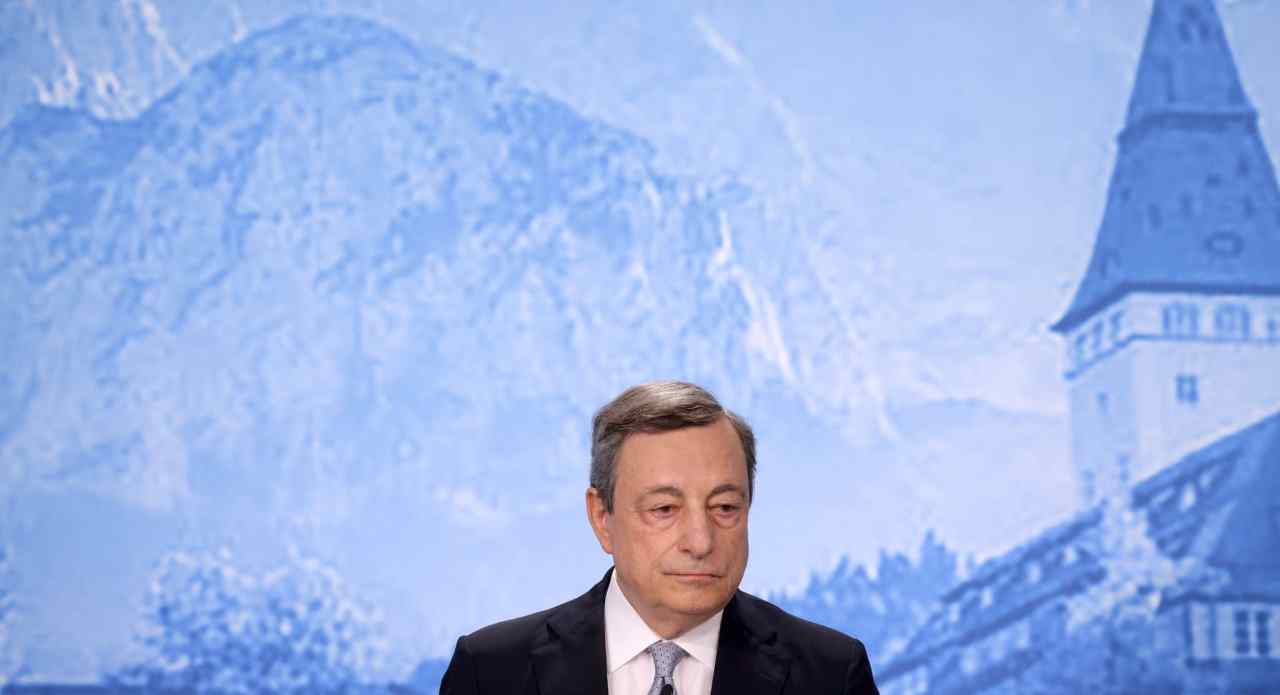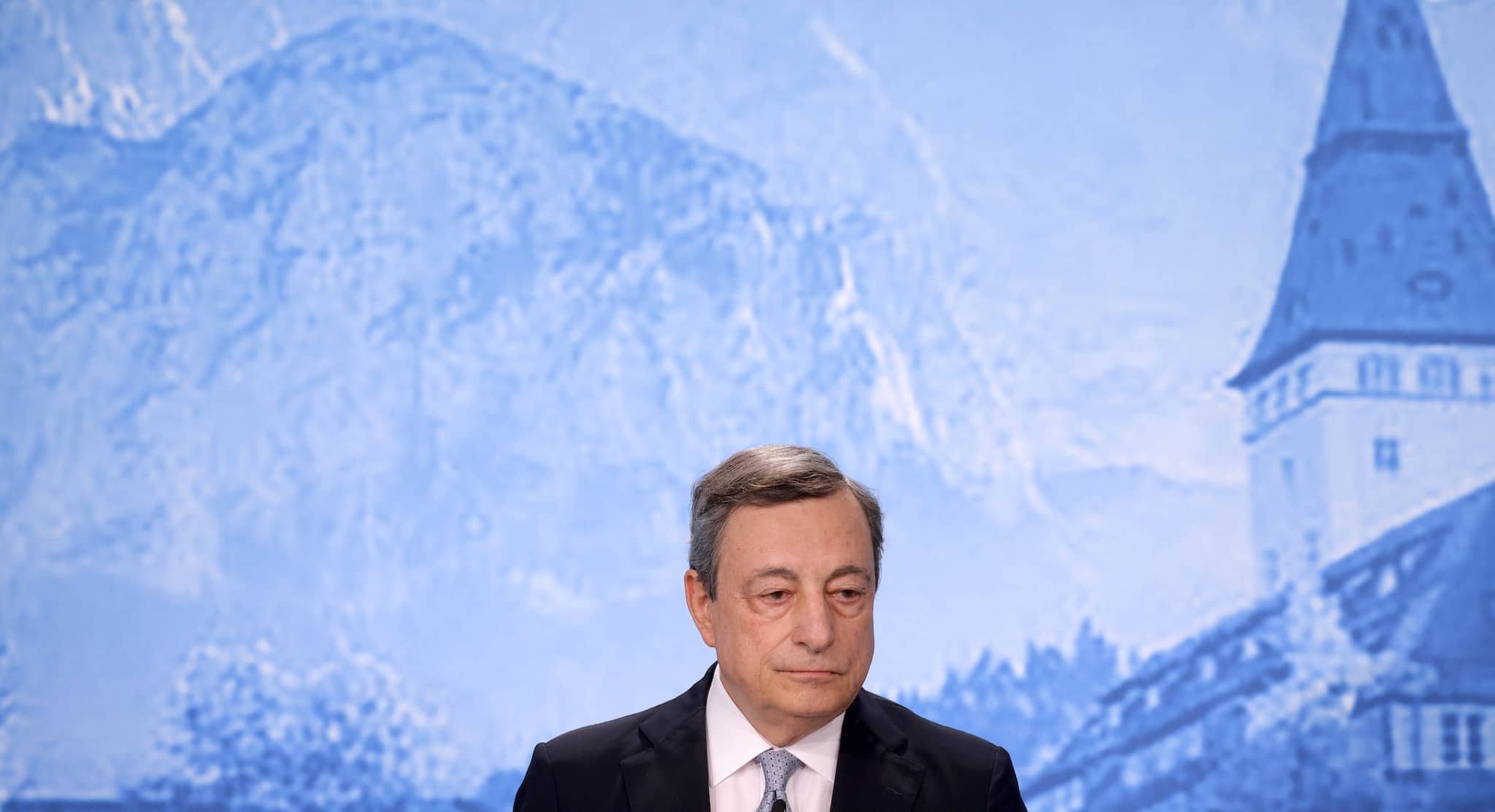Is it all over for Mario Draghi’s recovery government? His attempted resignation yesterday – which was rejected by President Sergio Mattarella – opens up a highly uncertain chapter in the most serious crisis the Italian Prime Minister has faced. There’s little desire from anyone to see Draghi leave and usher in new elections, at least at this stage. But there is a high risk of miscalculation, thanks to the overlapping red lines the protagonists in this drama have set themselves.
Giuseppe Conte’s Five Star Movement yesterday decided not to support the government on a cost-of-living bill vote in the Senate – by not turning up. That meant that the measure still passed, but without the party’s assent. Conte last week presented Draghi with a long list of ultimatums, which he said were imperative for the party’s continued support. As things went down to the wire this week, Draghi said his government could not continue if the other parties didn’t support its programme.
The easy mistake is to assume Draghi is a normal politician with the same objective as one: to cling to power for as long as possible. He is not – and does not
Now that Mattarella has rejected Draghi’s resignation, he will go back to parliament on Wednesday. When he does, there are four possible scenarios that could unfold, should he seek support from the parties in government. Five Star and Lega could both back Draghi so the government could continue; Lega could withdraw its support for Draghi’s government, but with a majority that includes Five Star if he stays on as Prime Minister; Lega could withdraw its support, causing Draghi to leave as he no longer has the confidence of all parties in government, but Mattarella and the parties cobble together another government with another technocrat; or Lega leaves, Draghi does too, and there are early elections.
As we head into next week, Draghi is the only person involved with a rational reason to leave. He has been clear that he is in government to deliver Italy’s recovery. If he believes he can no longer do this he can, and will, walk. The easy mistake is to assume Draghi is a normal politician with the same objective as one: to cling to power for as long as possible. He is not – and does not.
If Draghi and the parties in his government can’t find a way through, the instability could drag on for weeks as the parties and Mattarella look for another solution. One name that has been bandied about is Giuliano Amato as a potential caretaker to steer the ship until elections are scheduled for May next year. This, in and of itself, is a sign of desperation: Amato is the establishment politician’s establishment politician – and is who you would expect Italy’s political class to turn to when they’ve run out of ideas.
If Draghi does decide to go and there’s no viable majority for any other option, elections need to be held within 60 days of parliament being dissolved. If that happens by the end of the month, that means elections in September, and if it takes longer possibly October. It’s worth noting that September and October typically cover Italy’s budget period: not the time to be fighting another election. In the backdrop, Europe’s energy crisis is not going away either.
This article was first published in the EuroIntelligence morning briefing. For a trial subscription click here.







Comments